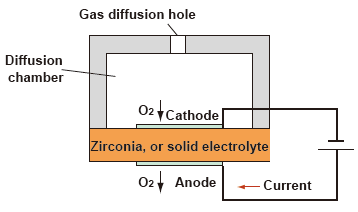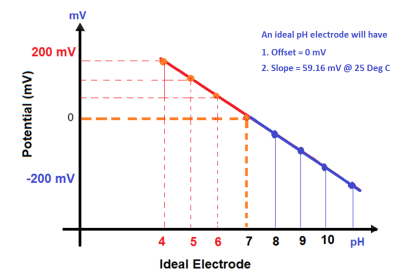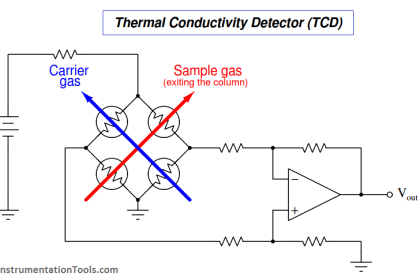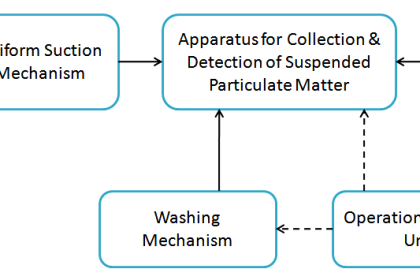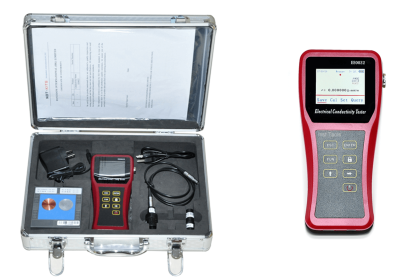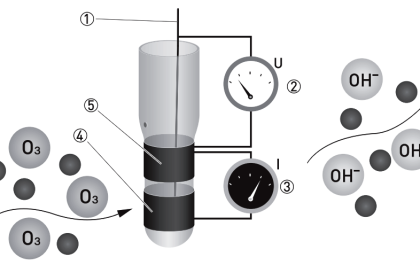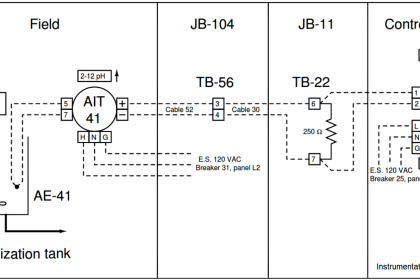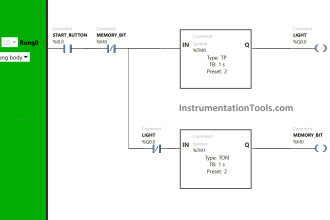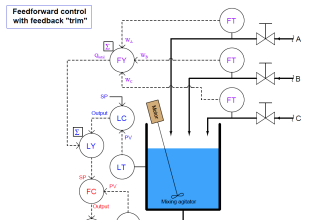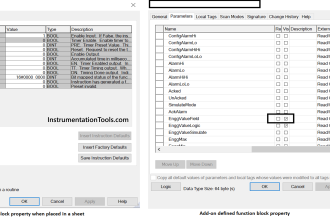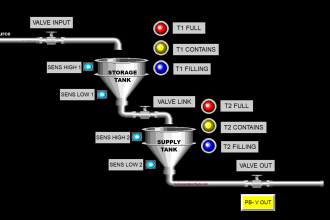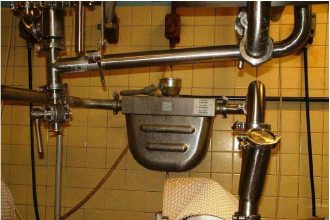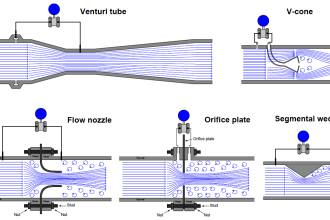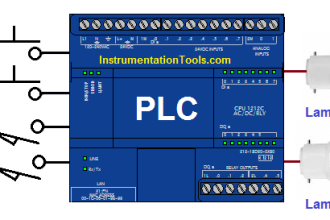Humidity is present everywhere around us. We know that water molecules make up a part of the air. These water molecules constitute humidity.
The amount of water vapor in the atmosphere or in a gas is commonly referred to as the humidity of the air. We always relate temperature and humidity to our daily normal survival.
Humidity
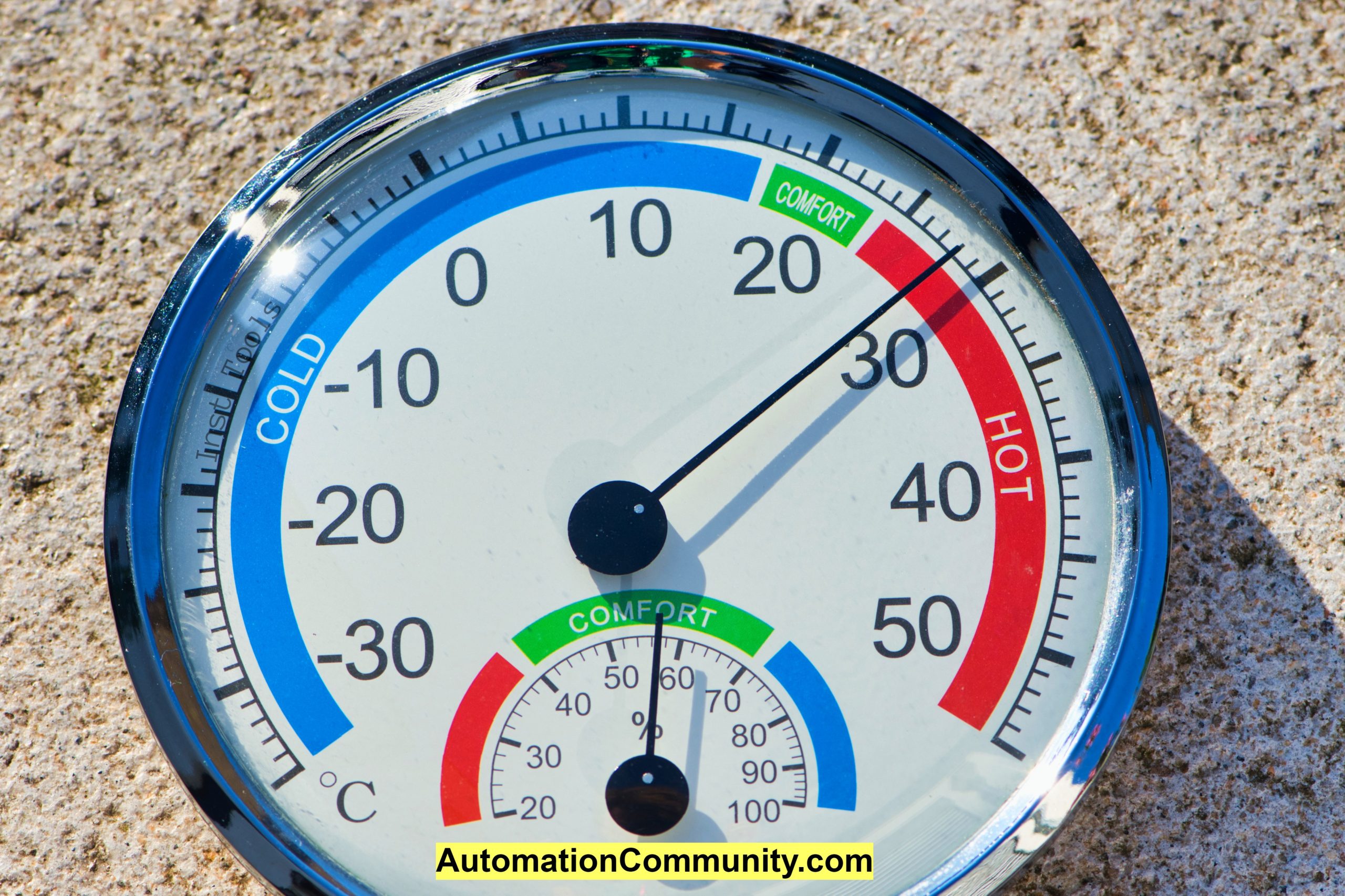
So, humidity is of very great importance in our day-to-day lives. This is because humidity comprises two types – wet and dry.
If the humidity is wet, it means more sweating will occur around us; and if humidity is dry, it means there will be very less water in the air which will cause dry skin and rashes in us.
So, humidity is of utmost importance to our survival. Broadly, humidity can be mainly classified into two types.
They are
- Relative Humidity
- Absolute Humidity
In this post, we will learn the difference between absolute and relative humidity.
What is Absolute Humidity?
As the name defines, absolute means the actual value. It is the amount of water present in a given mass of air at a particular temperature. This means you can exactly find the humidity content of the air.
Suppose you are asked to find out how much humid the air is; then this parameter will give you the required answer. It is expressed in g/m3 (grams of moisture per cubic meter of air). The density of air is an important criterion in determining absolute humidity.
Absolute Humidity (AH) is derived from the following simple formula.
AH= mass of water vapor/air volume.
What is Relative Humidity?
As the name implies, relative means it relates to something. It is the ratio of the amount of water vapor present in the atmosphere to the maximum amount of vapor the air can hold at that particular temperature.
Suppose you have a relative humidity sensor whose range is 0-100%. Now, the current humidity is supposed 60% at a temperature of 40 deg. C. This means that at 40 deg. C., 60% of water content is present in the air right now in comparison to 100% of water content.
This will help you identify how much humidity is present in the air in relation to the maximum humidity that it would have held right now. It is a percentage of the amount of moisture the air could possibly hold.
But, it is to be remembered that you cannot find the perfect answer unless you know the specified air temperature; because this relation can be known only at a particular range of temperature.
Difference Between Absolute and Relative Humidity
The main points that differentiate absolute humidity and relative humidity are mentioned below.
- Absolute humidity is the actual amount of water vapor present, whereas relative humidity specifies the current ratio of water content in relation to the maximum water content.
- Absolute humidity is expressed in g/m3 and relative humidity is present in %.
- The relative humidity is temperature-dependent, whereas absolute humidity is temperature-independent.
- Absolute humidity is affected by land and water distribution on earth and seasonal changes, whereas relative humidity is affected by geographic location and temperature.
In this way, we understand the difference between absolute and relative humidity.
If you liked this article, then please subscribe to our YouTube Channel for Electrical, Electronics, Instrumentation, PLC, and SCADA video tutorials.
You can also follow us on Facebook and Twitter to receive daily updates.
Read Next:
- Carbon Dioxide in Flue Gas
- pH Analyzer Do’s and Don’ts
- What is Gas Chromatography?
- Natural Gas Flow and Volume
- Moisture and Dew Point Analyzer
